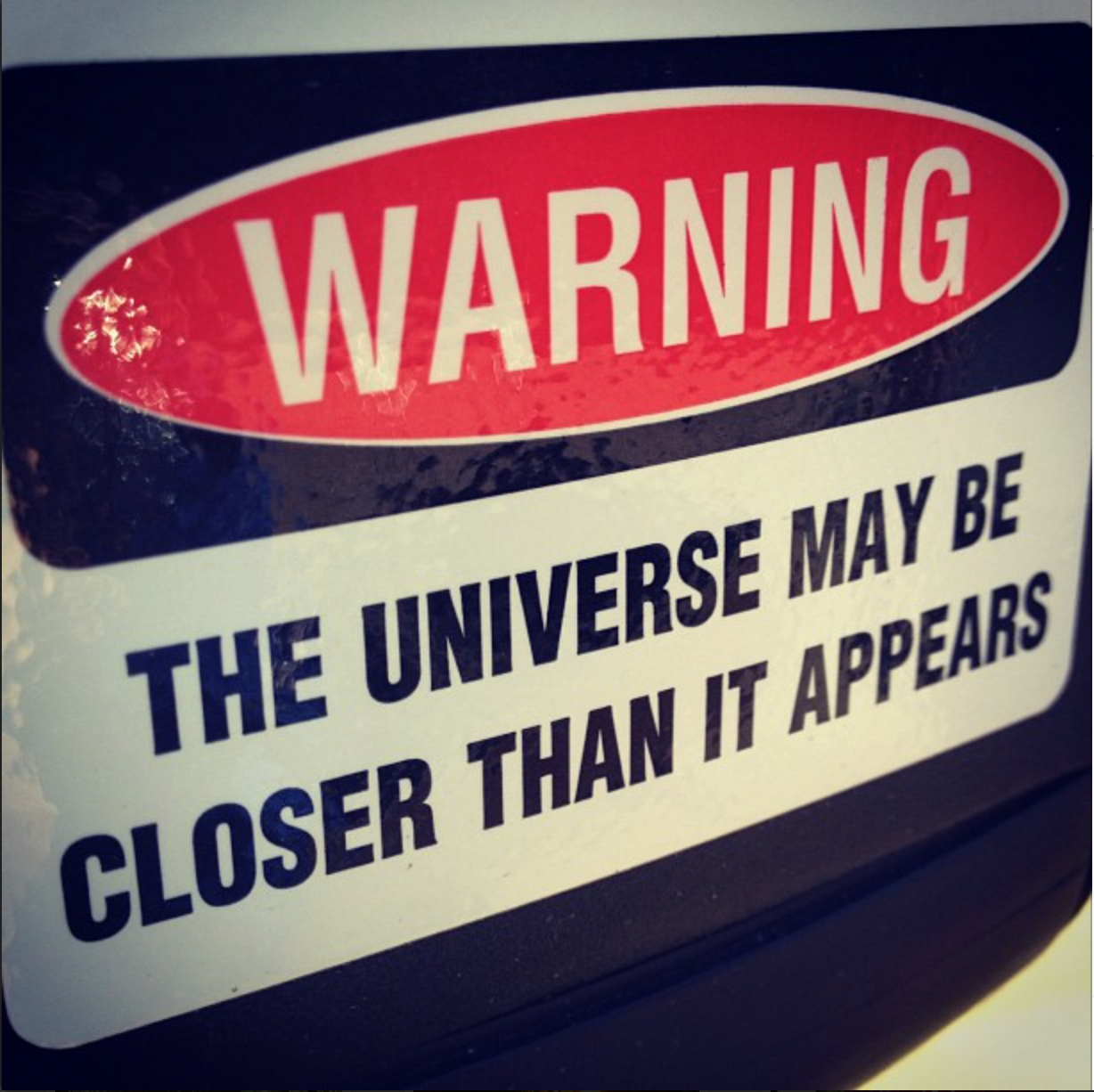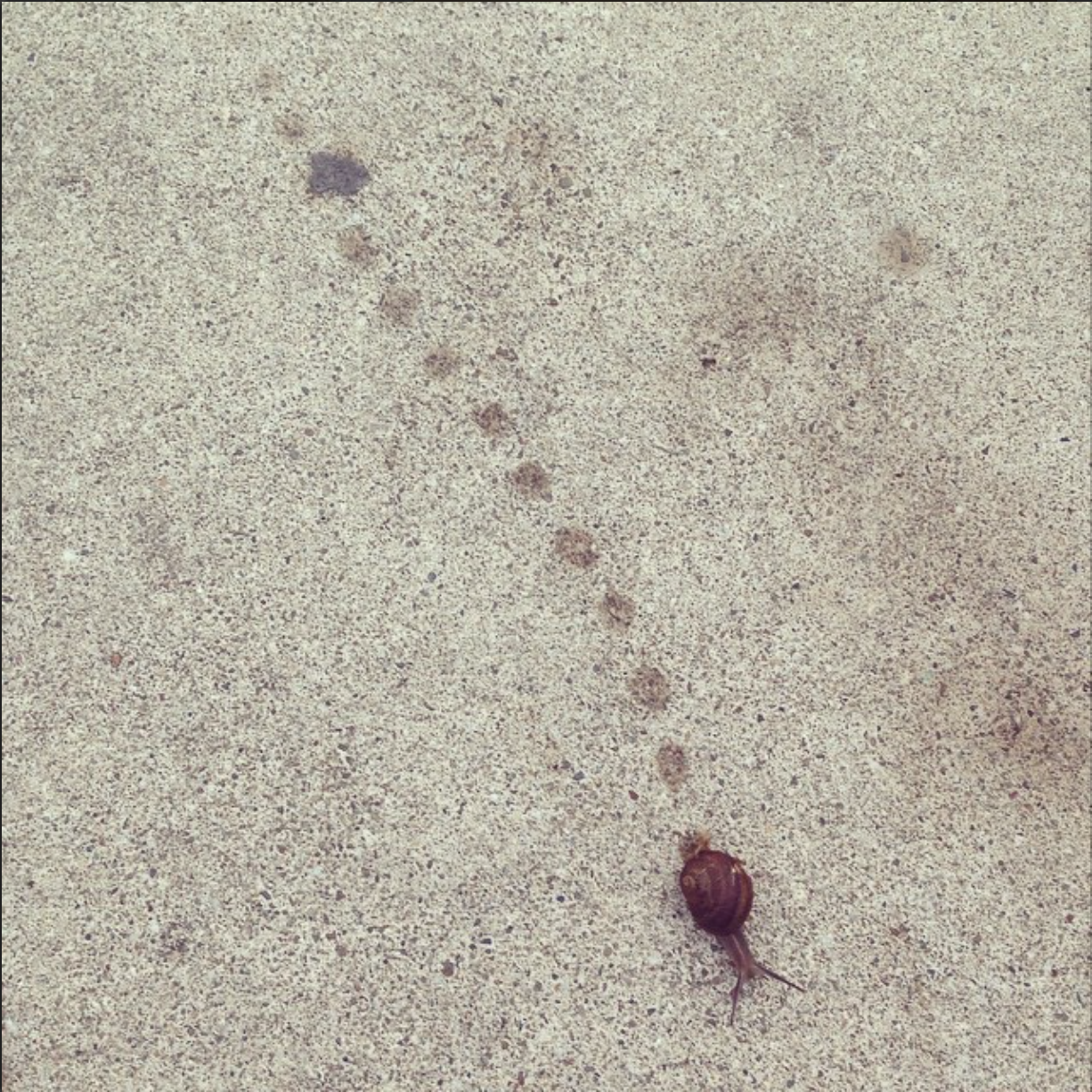Recently, a lot of people have been asking me about my process. Having just finished my 11th painting, I think it's the perfect time to pull back the curtain and show how I get from point A to B.
Here goes...
It's 7:30 on a Wednesday night. I've just clocked 9 hours at work and I'm beat. All I want to do when I get home is gorge on corn chips and hummus (my go-to comfort food). I haven't written a blog post yet, or chosen the image that I plan on painting that night. Dishes are piling up in the sink. My gym bag stares at me from across the room, asking to be unloaded and packed again for the next morning.
The things that I am pulled to 'tend to' linger, but I know there is an audience that will expect my work to post online that following morning. This is something I've committed to, and I have no choice but to show up and do the work.
I wolf something down, switch into my pajamas and plant myself at my desk. I browse through my gallery of pre-selected Instagram photos (the ones that I determined were appropriate for watercolor paintings), and land on one that has some sort of resonance with what I'm going through at the moment. Because I include a blog post with each painting, I want to write and paint about something relevant. It amazes me that each time I sit down to do this, there's always an image that fits within the topic of choosing. Funny how their purpose is manifesting in this way...

I then turn on an audiobook or podcast to occupy my left brain. I've discovered over the years that I produce much better work when I'm not constantly judging it along the way. If I'm listening to an audiobook or podcast (not music), my left brain has something to analyze and think about, while my right brain is freed up to simply create. It's a crazy unscientific phenomenon, but it works. And I can't produce without doing it. When it comes to writing, however, I have to play instrumental-only music. It's just easier to come up with my own words when I'm not listening to someone else's. (Lately, I've been listening to the Steve Jobs biography and
After the Jump when I'm painting).
Once all that's going, I fill a jar with water and get to work.
1. I start by quickly 'blocking in' my painting area using a coaster and masking tape. It's roughly 4x4 inches, and an easy way of measuring it. It doesn't have to be perfect. Again, this is a project of producing work, not perfection.
2. Using a basic mechanical pencil, I then sketch in the image I've chosen. I use a gummy eraser to extract any graphite I don't want in my final painting. I try to keep my sketches light enough that it doesn't stain the page if I try to erase, but dark enough that I'll be able to see certain outlines once I start laying down the paint.
3. I then prep my paint colors. I use two cheap plastic palettes to do my mixing. When I first started, I was much better about cleaning off my paint palettes after finishing a project. Now, I just leave them be on my desk. I need to start washing them off right away, to make it easier to start the next project. It's so much better having a clean surface on which to mix paint. What a concept!


4. Once I've landed on a matching color, I start to lay it in. I'm no watercolor expert, but I've noticed that by starting with lighter colors (and reserving spots on the page for extreme white), it's always easier to go back in and apply the dark. (How to paint with watercolors is an entirely different blog topic, so I'll keep this part short.) The entire painting process takes anywhere from 30-60 minutes depending on the complexity of the image. I've made a point of keeping my paintings small so I can stay within these time constraints. Some paintings have taken me longer than that, but it's a good parameter to try to stay within.
5. After the painting has dried, I peel back the tape to reveal the final image, and sign it with a pen.
6. I then start photographing the image. I have to prop it up in such a way that my desk lamp shines on it evenly, in order to get the best representation possible. I could go crazy here, and I probably should, but I at this point, I just want to get my work out there. It doesn't have to be perfect.
7. I upload the photo to my computer, and do any minor tweaks in iPhoto. My iPhone's color calibrator is pretty crappy, so I choose to make adjustments in order to get it back to it's original look and feel. I then re-export the image to my phone for Instagram.
8. After the painting and photographing process is over, I get to work on my blog post. Ideally, I would have been jotting ideas down during the past couple days, but I've been so busy, that most of the time I'm starting from scratch. (By this time, it's closer to 10pm). What usually ends up happening is me starting half-lidded at my computer screen typing whatever makes sense at the time out onto the page.
9. As soon as I get all of my ideas out, I break away from my computer, clean my brushes and my workspace, wash my face, and crawl into bed. Working this late at night is not preferable, but it's the only time I have right now, so I'm making it work. Ideally, I'd spread out the work over a few days, so I'm not trying to cram it all in the night before (or morning of) posting.
10. I go back in the morning and have trouble deciphering what I had intended the night before, but it's a good time to edit work. In the morning I'm always more refreshed and clear-minded. I upload my work to blogger, and continue editing, switching from preview to edit modes until it's just right. Once the post makes (enough) sense, I upload my painting, along with the original Instagram photo, and publish it.
11. I like to post my work to Instagram first. I feel like my followers there just want to see the image as quickly as possible. I also like to use Instagram to share some behind-the-scenes photos during my process. It helps bring transparency to my work.
12. I then go and share the blog post on Twitter. I've learned to leave a nugget of information - a tag line, if you will - to represent what my post is about. I don't usually use this platform to share the painting, however. Just a cool, quick message, and the post link, and I'm out.
13. Finally, I post to Facebook. I like to include whatever insight I had during the writing process, and share that along with my painting, and link to my blog. This platform gets all three. I've chosen to limit viewing access to just my friends, but if this blog/following grows enough, I'll create a separate Facebook feed for anyone to follow.
And that's it! That's my process, start to finish. Not glamorous, just simple. The hardest part is letting go of all the other things I feel like I 'should' be doing, and let myself create artwork. It easily fell off my priority list, but when I started putting it at the top, I realized that everything else got done, too. And I'm so much more happy, content, balanced and satisfied as a result.
I hope this helps bring some clarity to what I do and how I do it. :)
Introducing Painting #11: The Red Curtain (4x4 inches, watercolor)
Original Instagram photo:























